Ranjan

Subscribe to read full article
This section is for paid subscribers only. Our subscription is only $37/- for one full year.
You get unlimited access to all paid section and features on the website with this subscription.
Not ready for a full subscription?
You can access this article for $2 , and have it saved to your account for one year.
- Real Name: Ramanarayana Venkataramana Sarma
- Born: 2 March, 1918 (Mylapore, Madras)
- Died: 12 September, 1983 (New Jersey)
- Primary Cinema: Hindi
- Spouse: Kamala Sarma
The soft-spoken, highly educated, multi-faceted talent, Ranjan is famous for his performances in Tamil films such as Rishyashringar (1940), Chandralekha (1948), and Mangamma Sabatham (1943), among many others. Entering Hindi films with S S Vasan of Gemini Pictures’ Hindi version of Chandralekha (1948), Ranjan impressed audiences with his fencing skills in the superhit film. His cache of Hindi films includes Nishan (1949), Bahut Din Hue (1954), Suvarn Sundari (1957), Madari (1959), Chor Chor (1974) and Chor Ho To Aisa (1978). Among his many skills, he was the first Tamil film hero to be a trained licence-holding pilot; he was a brilliant dancer who loved dance so much that he brought out a publication on it called Natyanjali; he was a fantastic archer and brilliant shooter who could handle firearms; was skilled at horse-riding, magic and drawing; wrote plays as well as books on classical dance; and yes, last but not least, was apparently the first man in film industry to buy a plush Rolls Royce!
Film actor, singer, journalist and writer, he was born Ramanarayana Venkataramana Sarma on 2 March, 1918 in Mylapore, Madras. Schooled in Madras, and earning his M. Lit degree from Madras University, he was an active participant in theatre. It was in the course of one such play, that Veppattur Kittu, an employee of Gemini Studios, happened to attend and be impressed by his performance, and suggested his name to P G Raghavachari. The latter cast Ranjan as Gautam Buddha in the film Ashok Kumar (1941) starring M K Thyagaraja Bhagavathar. It was a role minus any dialogue for Ranjan. However, it was Rishyashringar (1940), directed by S Soundararajan which was released first and made Ranjan popular. The film, a big hit, revolved around the son of a sage who is brought up in a forest without meeting women until he grows up. Ranjan was cast in the title role. Interestingly, he was credited as ‘R Ramani, B A’ in his early films; it was Jithen Banerjee of Newtone Studios who suggested the screen name Ranjan for him.
Ranjan’s fame grew hugely with S S Vasan's magnum opus Chandralekha (1948). He played the antagonist in this lavishly mounted historical adventure drama. It was the most expensive film to be made in India when it released, costing around Rs.30 lakh, a massive sum in those days. (In 2010, experts estimated that the film would have cost not less than Rs.140 crore at the prevailing exchange rate). The film took five years to be made, while producer-director Vasan was compelled to mortgage his property and seek help from friends to complete the project. The film, famous for its brilliant drum dance number which was the first of its kind in Indian cinema, propelled Ranjan to fame and to opportunities in Hindi cinema. Incidentally, Ranjan was considered by some to be too soft to play the ruthless villain in the historical adventure; however, he was able to more than prove his detractors wrong, excelling in the role of the cruel Sasankan, and thus further aiding the film’s effectiveness.
Among the many noteworthy performances Ranjan delivered in Tamil, was Mangamma Sapatham (1943). Produced by SS Vasan and directed by TG Raghavachari, Ranjan essayed a double role in the film, which revolved around a poor woman who vows to have a son through an arrogant prince and later have the son whip his father in public. Playing the father and the son in the blockbuster film, Ranjan became a virtual household name after its release, as did Vasundhara Devi, the heroine of the film who is the mother of legendary actress Vyjayanthimala.
Ranjan enjoyed a successful innings in the Hindi film industry as well, acting mainly in costume dramas and socials in the 50s. Some of these include Baghi (1953), Raj Durbar (1955), Matwala (1958), Bhootnath (1963), Haqdar (1964), Sabak (1973), and Fakira (1976). By the end of the decade, his successful phase had drawn to an end. In between, when his films failed to attract success, he returned to Tamil cinema and acted in a few films. Chinnappa Devar wooed him back to Tamil cinema with Neelamalai Thirudan (1957), which became a hit and re-established Ranjan’s status to some extent. He acted in a few more Tamil films which did moderately well, but by and large he did not get the opportunity to showcase his talents. Captain Ranjan (1969) was his last film in Tamil.
Ranjan is regarded as a true hero who had perfected several skills. He was a brilliant dancer and musician, playwright, journalist, critic, scholar, aviator, athlete, painter, and magician. In the 1940s, he had established a School of Music and Dancing, and edited an art journal entitled Natyam. He was also awarded a Rockefeller Fellowship under the International Art Program sponsored by the Institute of International Education, New York, in 1950-51.
Married to Kamala Sarma, a doctor, the couple shifted to America and lived there as permanent citizens.
Ranjan passed away on 12 September, 1983 in New Jersey of a cardiac arrest.
References
Image courtesy: https://www.youtube.com/watch?v=qaDh9H5AhqQ
-
Filmography (65)
SortRole
-
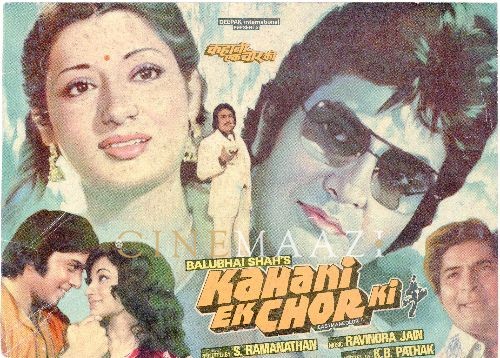
Kahani Ek Chor Ki 1981
-
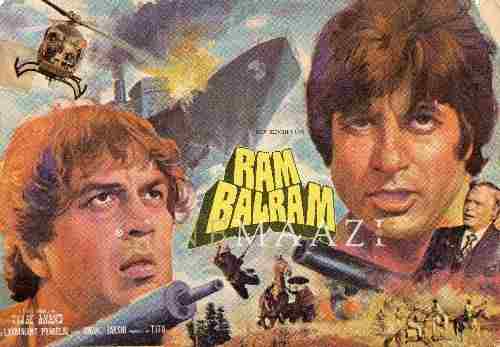
Ram Balram 1980
-
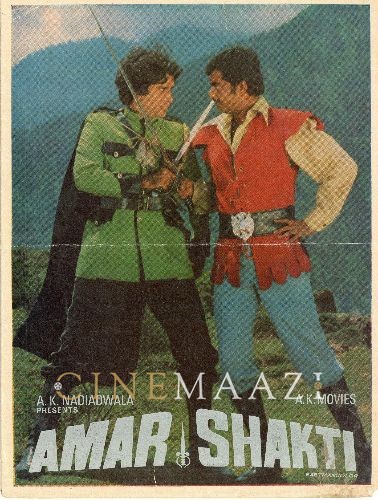
Amar Shakti 1978
-
Darling Darling 1977
-
Jai Vejay 1977
-
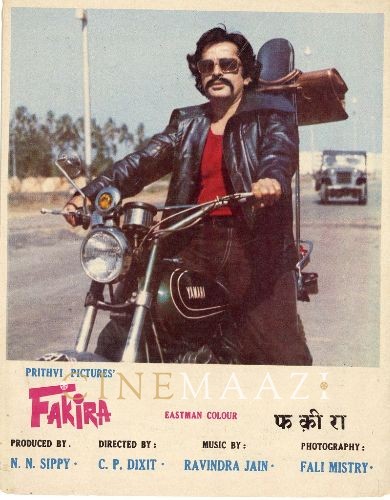
Fakira 1976
-
Bullet 1976
-
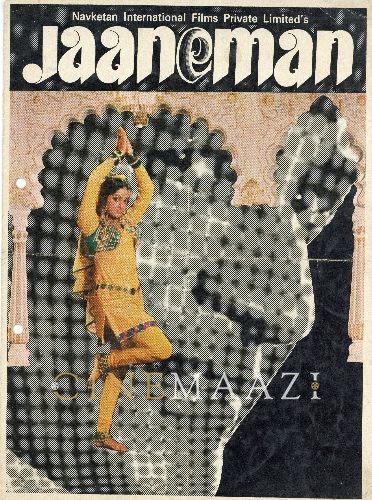
Jaaneman 1976
-
Chaitaali 1975
-
Jaan Haazir Hai 1975
-
Chor Chor 1974
-
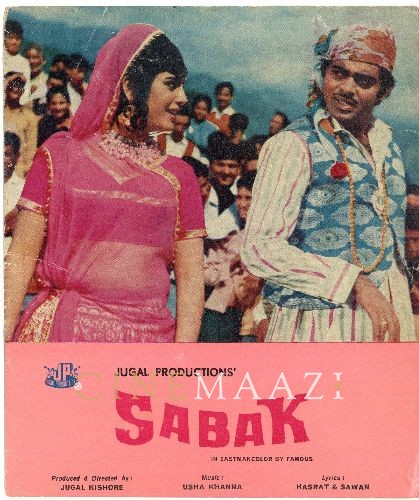
Sabak 1973
-



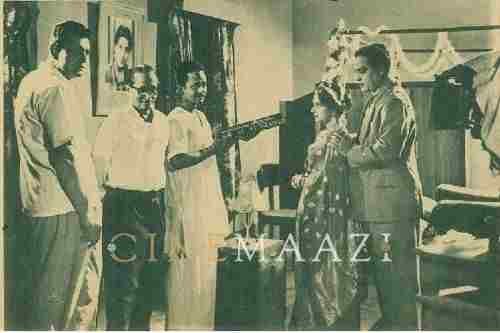
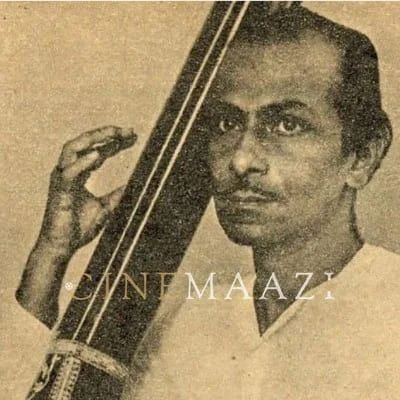
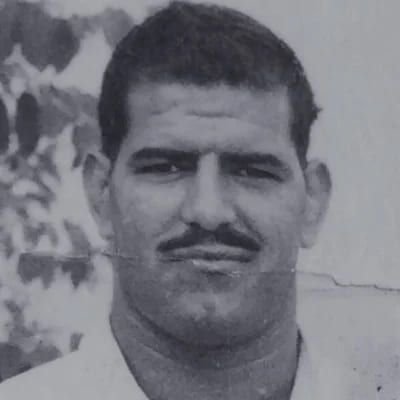
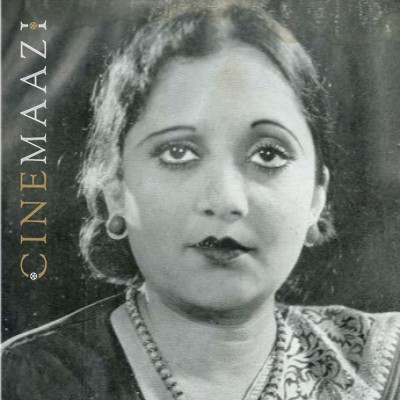
.jpg)




